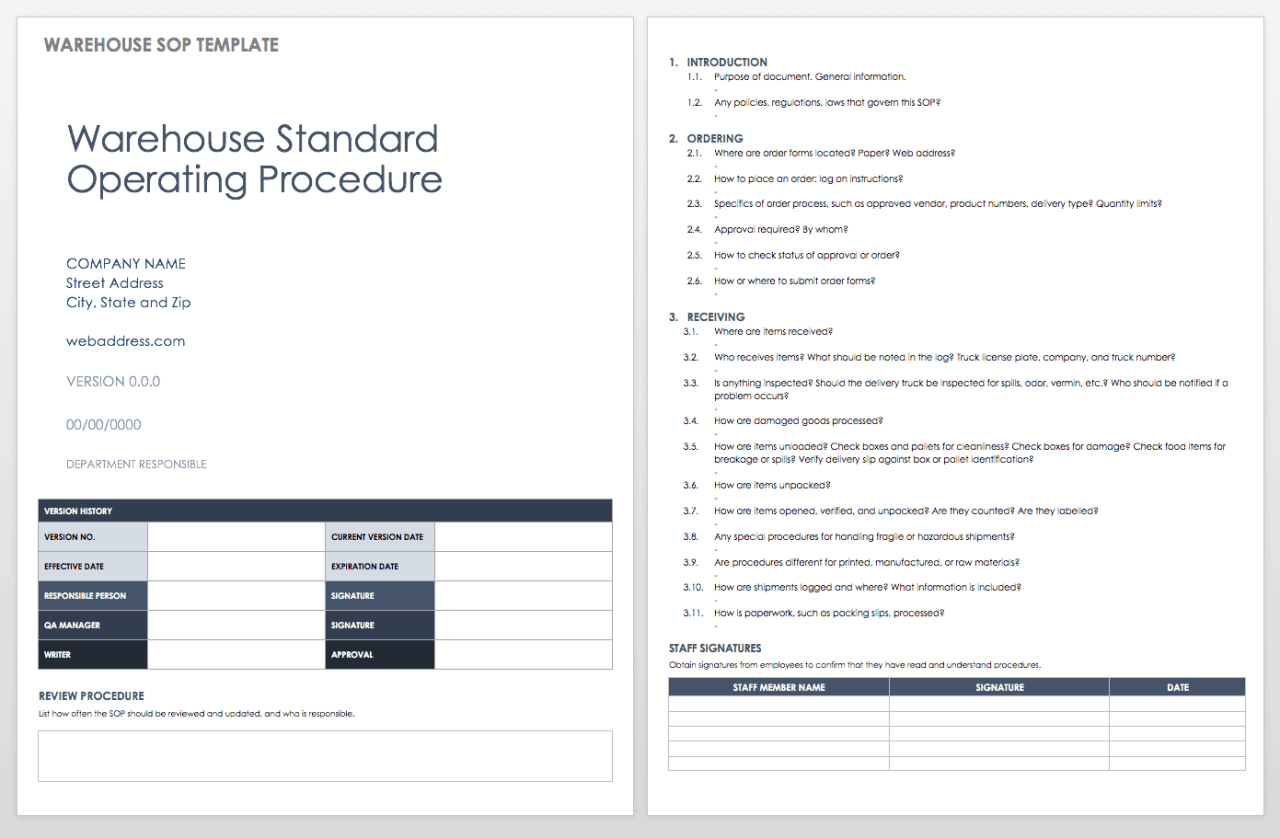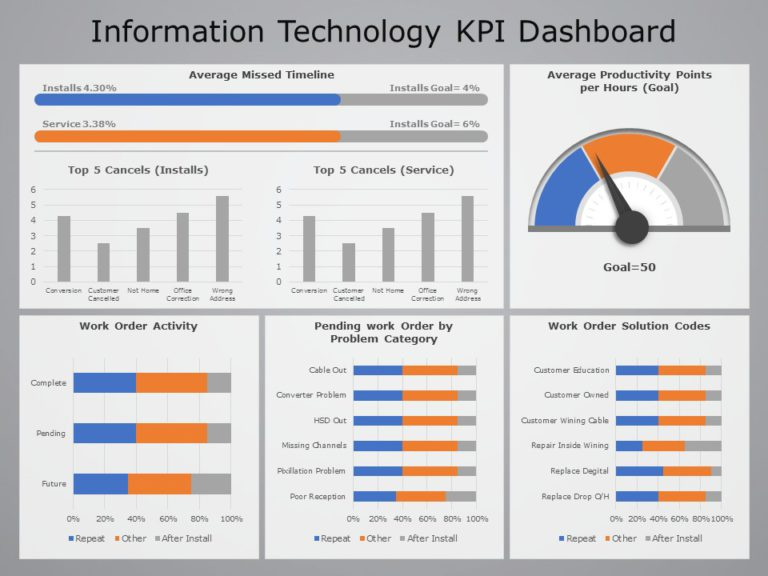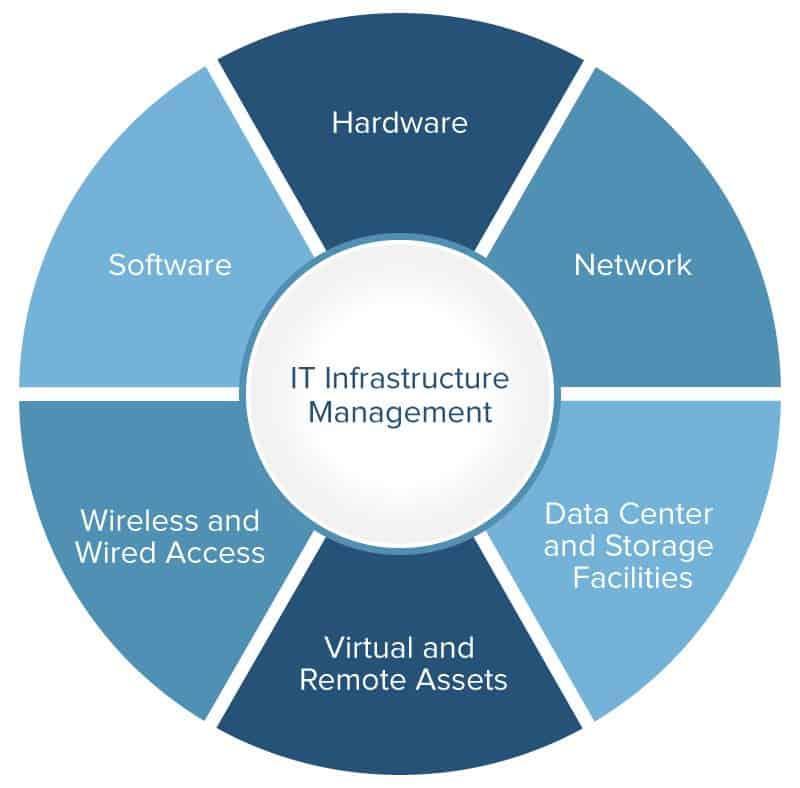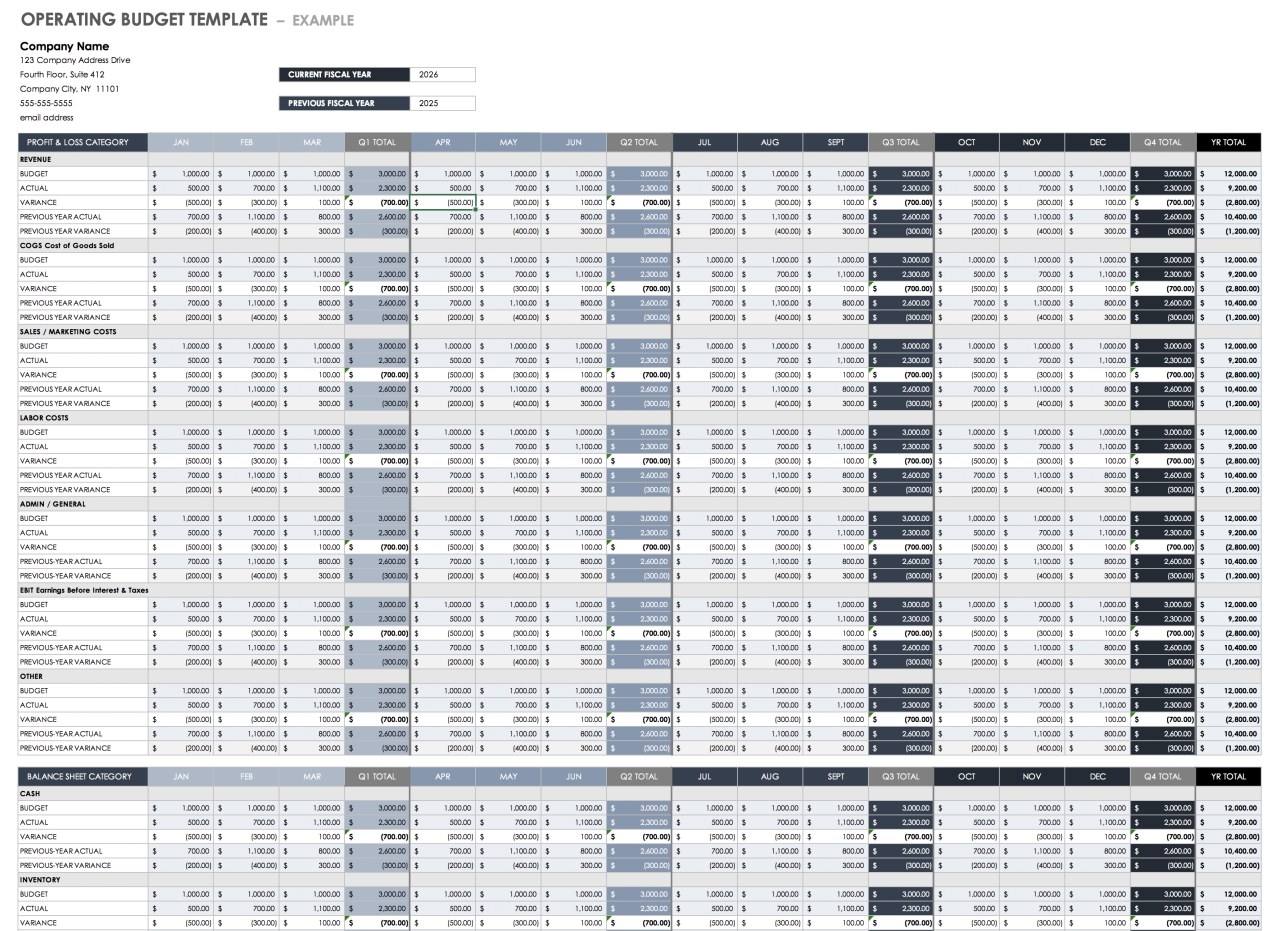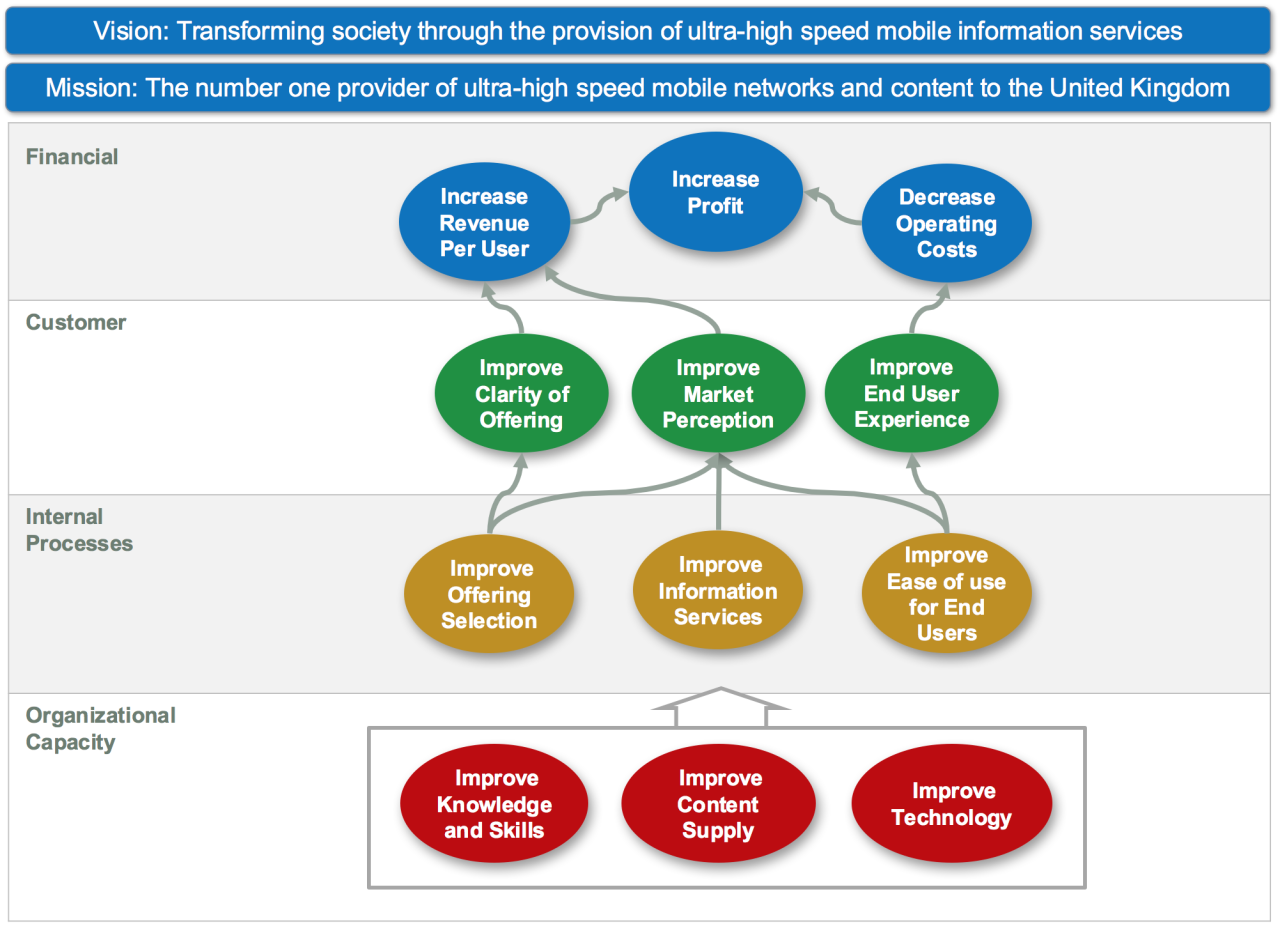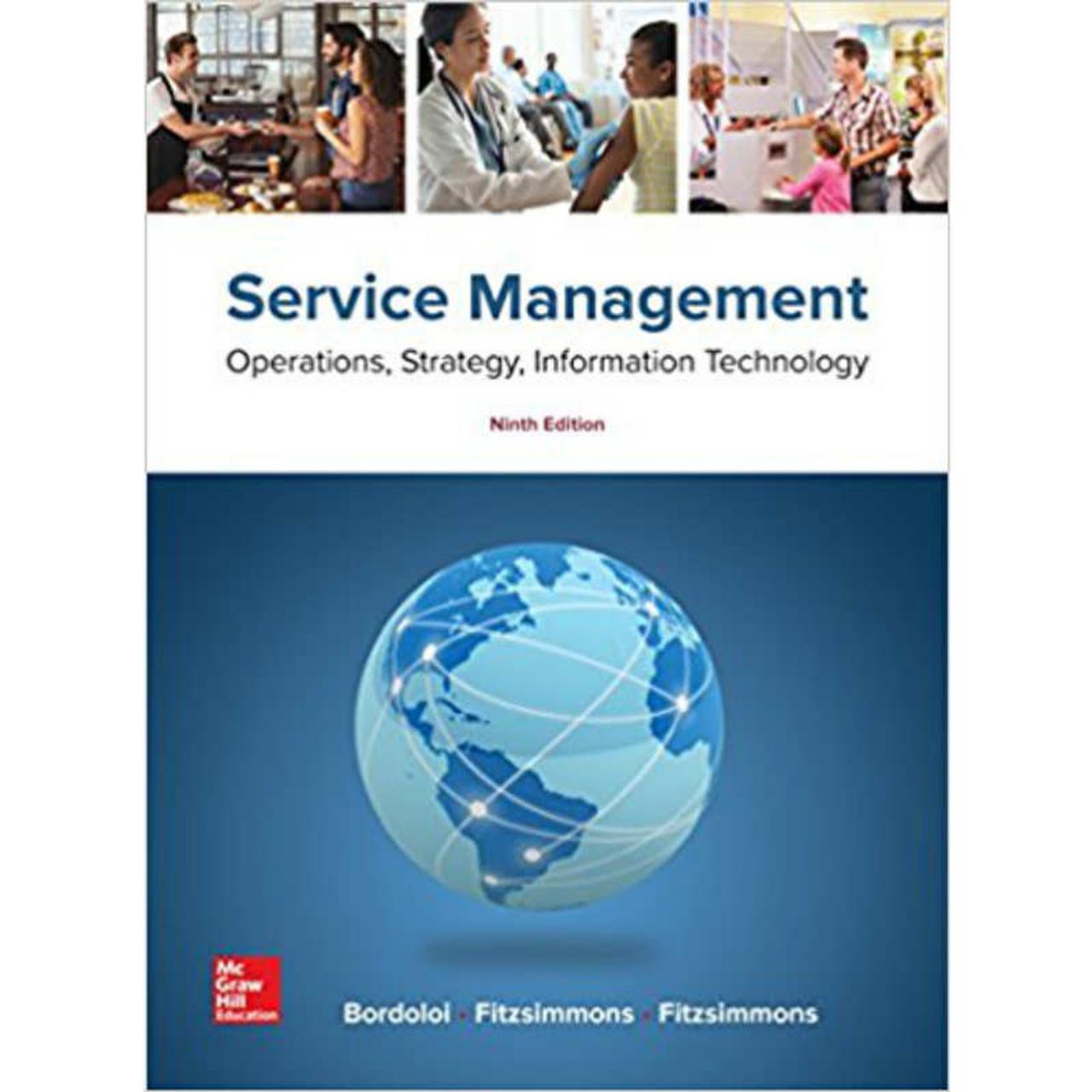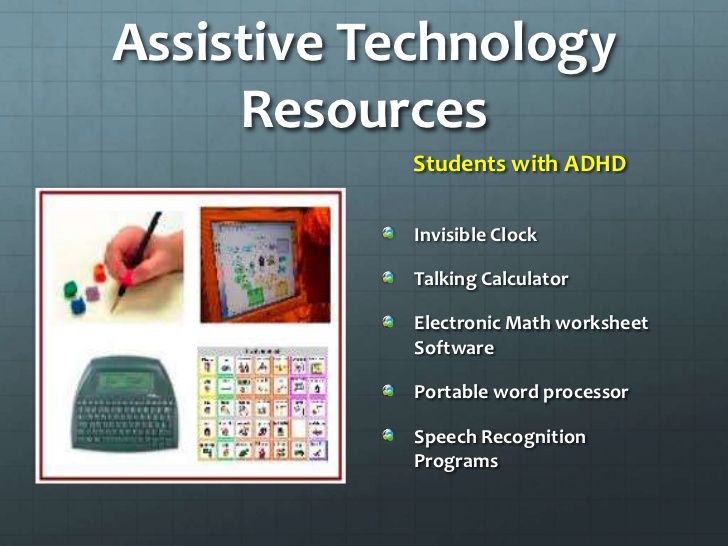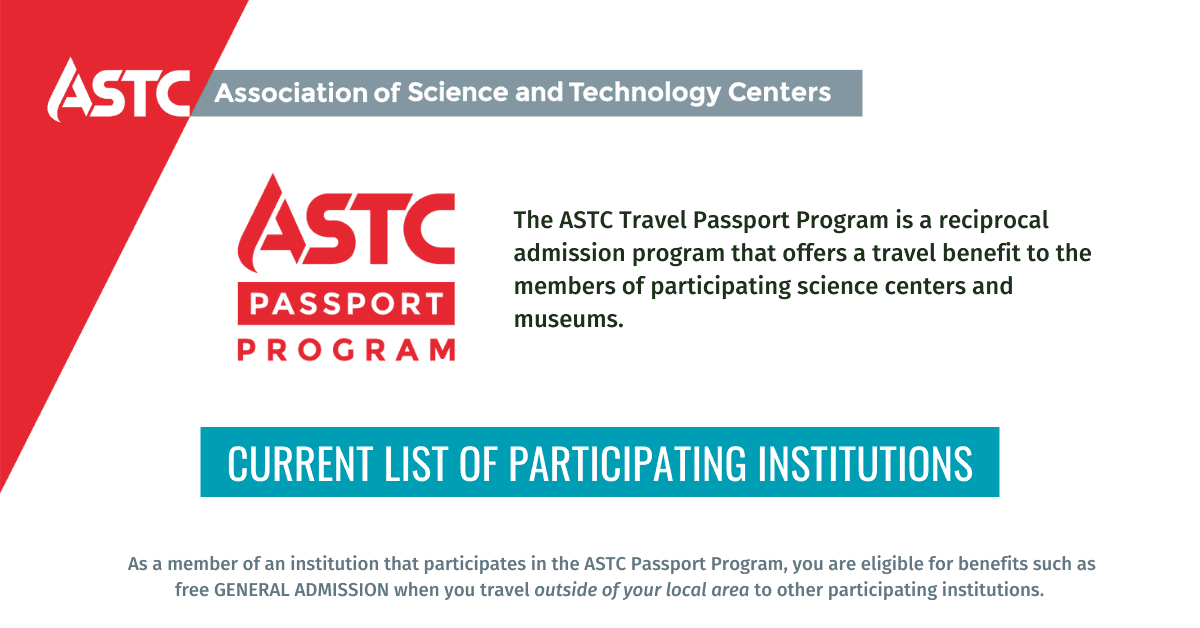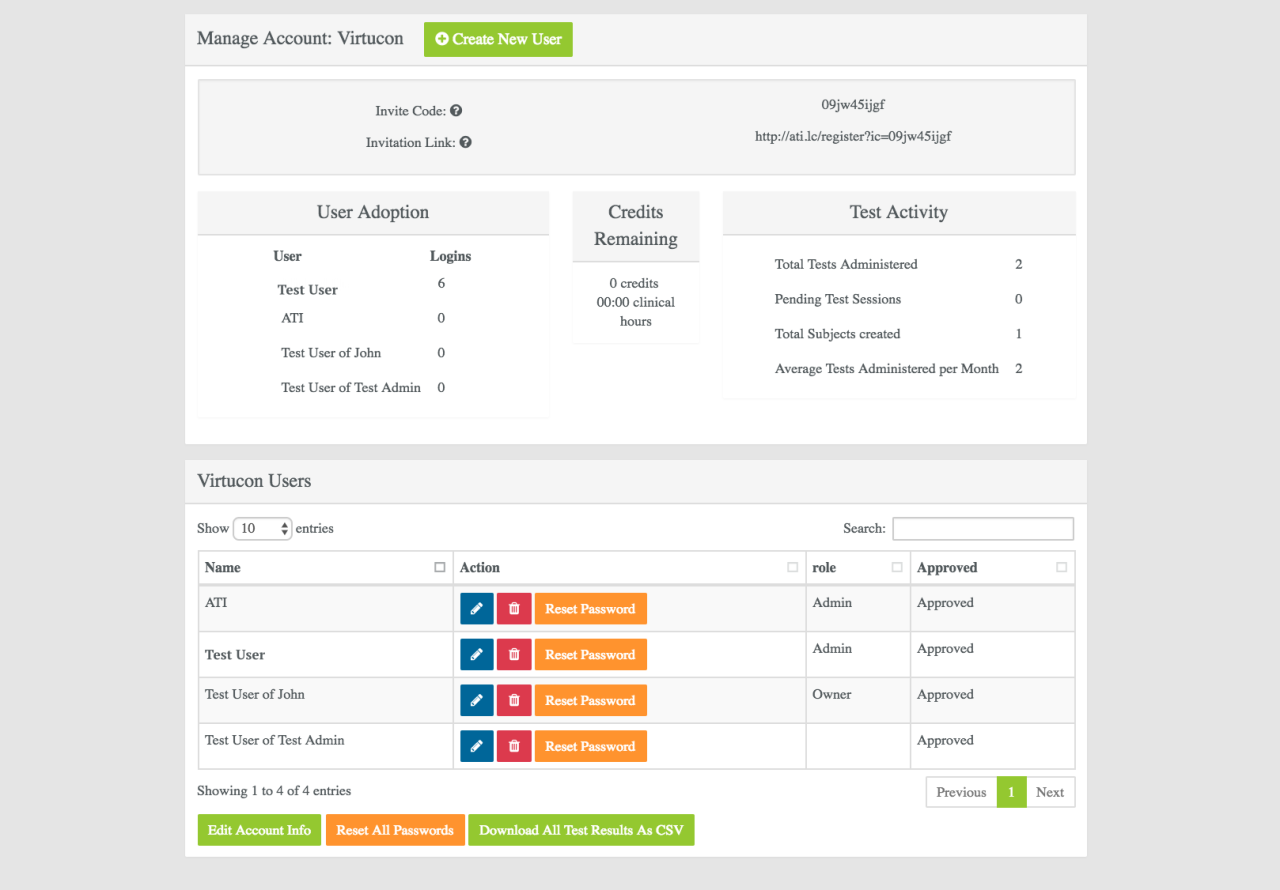Technology Lifecycle Management: A Strategic Approach
Technology lifecycle management (TLM) is a strategic approach that organizations use to effectively manage their technology assets from conception to retirement. This process involves a structured framework for planning, acquiring, […]
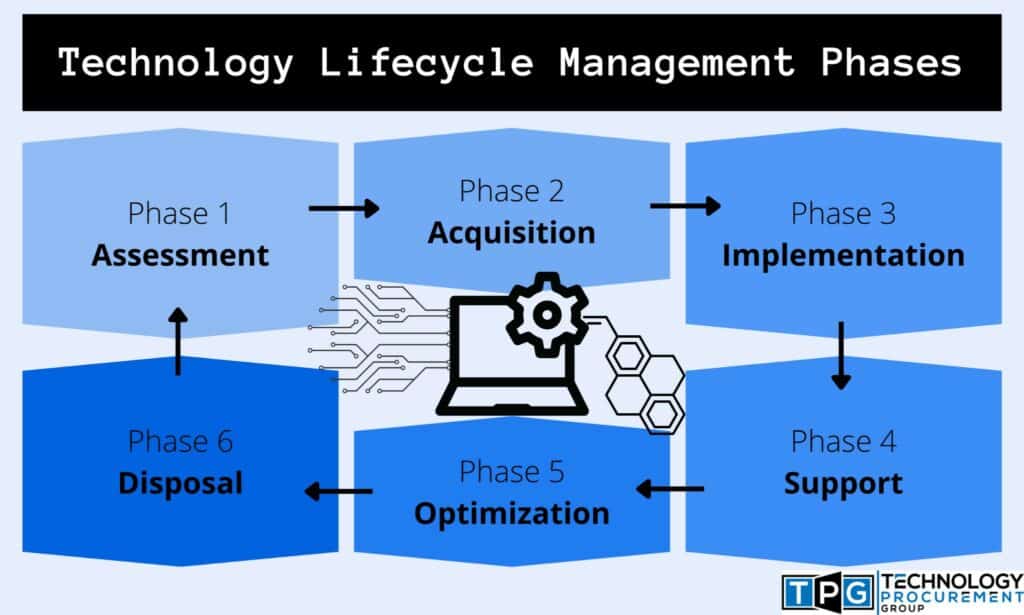
Technology lifecycle management (TLM) is a strategic approach that organizations use to effectively manage their technology assets from conception to retirement. This process involves a structured framework for planning, acquiring, implementing, operating, maintaining, and ultimately retiring technology, ensuring its optimal utilization and maximizing return on investment.
TLM is not just about acquiring the latest gadgets or software; it’s about ensuring that technology aligns with business goals, remains secure, and performs efficiently throughout its lifespan. By embracing a comprehensive TLM strategy, organizations can streamline operations, reduce costs, mitigate risks, and achieve long-term success.
Introduction to Technology Lifecycle Management (TLM)
Technology Lifecycle Management (TLM) is a comprehensive approach to managing the entire lifespan of technology assets within an organization. It encompasses all stages, from initial planning and acquisition to deployment, usage, maintenance, and eventual retirement. TLM is crucial for modern organizations as it ensures efficient utilization of technology resources, optimizes costs, and mitigates risks associated with technology investments.
Core Principles and Objectives of TLM
TLM is guided by several core principles, aimed at achieving specific objectives. These principles ensure that technology investments align with organizational goals and deliver maximum value throughout their lifecycle.
- Strategic Alignment: TLM ensures that technology investments are aligned with the organization’s overall business strategy and goals. This involves a thorough assessment of business needs and aligning technology solutions to address those needs effectively.
- Cost Optimization: TLM aims to optimize technology costs by leveraging efficient procurement, usage, and maintenance practices. This includes maximizing the return on investment (ROI) for technology assets and minimizing unnecessary expenditures.
- Risk Mitigation: TLM incorporates risk management strategies to minimize potential risks associated with technology investments. This involves identifying and assessing potential threats, implementing appropriate safeguards, and developing contingency plans for unexpected events.
- Compliance and Security: TLM ensures compliance with relevant regulations, standards, and industry best practices. This includes data security, privacy, and regulatory requirements that apply to the use and management of technology assets.
Impact of TLM on Various Industries and Sectors
TLM is relevant across a wide range of industries and sectors, impacting how organizations manage their technology assets. Examples of industries where TLM plays a significant role include:
- Healthcare: TLM is essential for managing medical devices, electronic health records, and other healthcare technologies. This includes ensuring compliance with HIPAA regulations and maintaining data security and patient privacy.
- Financial Services: Financial institutions rely heavily on TLM to manage their IT infrastructure, comply with regulatory requirements, and mitigate cybersecurity risks. TLM helps maintain data integrity, prevent fraud, and ensure operational continuity.
- Manufacturing: TLM is crucial for managing industrial automation systems, robotics, and other manufacturing technologies. It ensures efficient production processes, minimizes downtime, and optimizes resource utilization.
- Education: Educational institutions utilize TLM to manage learning management systems, online platforms, and other educational technologies. It ensures access to technology resources, supports student learning, and facilitates efficient administration.
Phases of the Technology Lifecycle
The technology lifecycle represents the journey of a technology asset from its initial conception to its eventual retirement. Understanding the phases of this lifecycle is crucial for effective technology lifecycle management (TLM). This framework allows organizations to optimize resource allocation, manage risks, and maximize the value of their technology investments.
Planning, Technology lifecycle management
The planning phase is the foundation of successful technology adoption. This phase involves defining business requirements, identifying potential technology solutions, and conducting feasibility studies. TLM plays a vital role in this phase by:
- Defining clear business objectives: TLM helps align technology investments with strategic goals and ensure that technology adoption supports organizational objectives.
- Conducting thorough due diligence: TLM ensures that the chosen technology solution meets the organization’s needs, aligns with existing infrastructure, and complies with relevant regulations.
- Developing a comprehensive implementation plan: TLM helps create a roadmap for technology deployment, including resource allocation, timeline, and risk mitigation strategies.
Acquisition
The acquisition phase involves procuring the necessary hardware, software, and services to implement the chosen technology solution. TLM plays a crucial role in this phase by:
- Negotiating favorable contracts: TLM helps secure competitive pricing, favorable terms, and comprehensive support agreements with vendors.
- Managing procurement processes: TLM ensures efficient procurement practices, adherence to organizational policies, and compliance with legal and regulatory requirements.
- Ensuring quality and compatibility: TLM verifies that the acquired technology meets specifications, integrates seamlessly with existing systems, and adheres to security standards.
Implementation
The implementation phase involves deploying the acquired technology, configuring systems, and training users. TLM plays a crucial role in this phase by:
- Managing project timelines and budgets: TLM ensures that the implementation project stays on track, within budget, and delivers the expected outcomes.
- Monitoring progress and addressing risks: TLM tracks project milestones, identifies potential challenges, and implements corrective measures to ensure a successful implementation.
- Facilitating user adoption: TLM supports user training, provides documentation, and facilitates knowledge transfer to ensure effective utilization of the new technology.
Operation
The operation phase involves the ongoing use and management of the technology asset. TLM plays a crucial role in this phase by:
- Monitoring performance and availability: TLM tracks system performance, identifies bottlenecks, and ensures high levels of uptime and reliability.
- Managing security and compliance: TLM implements security measures, enforces access controls, and ensures compliance with relevant regulations and industry standards.
- Optimizing resource utilization: TLM analyzes system usage patterns, identifies opportunities for optimization, and ensures efficient resource allocation.
Maintenance
The maintenance phase involves ongoing activities to keep the technology asset functioning optimally. TLM plays a crucial role in this phase by:
- Performing regular maintenance tasks: TLM schedules and executes routine maintenance activities, including software updates, hardware upgrades, and system backups.
- Addressing issues and resolving problems: TLM provides timely support for technical issues, resolves problems, and ensures minimal disruption to operations.
- Managing software licenses and support agreements: TLM ensures that software licenses are up-to-date, support agreements are in place, and vendors provide the necessary assistance.
Retirement
The retirement phase involves the decommissioning of the technology asset when it reaches the end of its useful life. TLM plays a crucial role in this phase by:
- Planning for asset retirement: TLM anticipates the end of life for technology assets, develops retirement plans, and ensures smooth transition to replacement systems.
- Managing data migration and disposal: TLM ensures the safe and secure migration of data, the disposal of obsolete hardware, and compliance with data privacy regulations.
- Minimizing disruption and ensuring continuity: TLM coordinates the retirement process to minimize disruption to business operations and ensure a seamless transition to new technologies.
TLM Processes and Frameworks
Technology Lifecycle Management (TLM) is not merely about managing technology; it’s about orchestrating its evolution within an organization. To achieve this effectively, organizations rely on established frameworks and methodologies that provide structure, guidance, and best practices. These frameworks act as roadmaps, helping organizations navigate the complex journey of technology adoption, deployment, and retirement.
ITIL
ITIL (Information Technology Infrastructure Library) is a widely recognized framework for IT service management. While not solely focused on TLM, ITIL offers valuable processes and best practices applicable to technology lifecycle management.
- Service Strategy: This stage aligns IT services with business needs, setting the foundation for TLM by defining the technology requirements for achieving organizational goals.
- Service Design: ITIL’s service design phase focuses on designing, developing, and documenting IT services, including the technology components needed to deliver those services. This step is crucial for ensuring that technology choices are aligned with service requirements.
- Service Transition: ITIL’s service transition phase guides the implementation and deployment of new technology, ensuring a smooth transition from development to operational use.
- Service Operation: This phase focuses on the ongoing management of technology infrastructure and services, including monitoring, maintenance, and incident management. It’s essential for ensuring technology remains reliable and performs optimally throughout its lifecycle.
- Continual Service Improvement: ITIL emphasizes continuous improvement, which is essential for TLM. This stage involves regularly reviewing and optimizing technology processes, services, and infrastructure to ensure they remain aligned with changing business needs and technological advancements.
TOGAF
TOGAF (The Open Group Architecture Framework) is an enterprise architecture framework that provides a structured approach to designing, planning, and managing an organization’s IT infrastructure and applications. TOGAF is highly relevant to TLM as it focuses on aligning technology with business strategy and ensuring consistency across the technology landscape.
Technology lifecycle management involves understanding the stages of a product, from design to obsolescence. The goldenear technology triton 3 speaker system, for example, represents a mature product with a proven track record. Its lifecycle management would involve ongoing maintenance, potential upgrades, and ultimately, the decision to replace or repurpose it when the time is right.
- Architecture Development Method: TOGAF’s architecture development method provides a comprehensive process for creating and managing enterprise architectures. This includes defining technology standards, identifying technology dependencies, and ensuring technology choices align with business objectives.
- Architecture Content Framework: TOGAF provides a standardized set of architecture domains, such as application, data, and technology architectures. This framework ensures a consistent approach to technology management across different areas of the organization.
- Architecture Governance: TOGAF emphasizes the importance of governance in managing technology. This includes establishing clear roles and responsibilities for technology management, defining policies and procedures, and ensuring compliance with industry standards.
COBIT
COBIT (Control Objectives for Information and related Technology) is a framework for IT governance and management, providing a comprehensive set of guidelines for managing information and technology risks. COBIT is relevant to TLM as it emphasizes the importance of aligning technology with business objectives and managing technology risks throughout the lifecycle.
- Governance and Management Objectives: COBIT defines a set of governance and management objectives for IT, which are essential for ensuring technology is aligned with business needs and effectively managed. This includes objectives related to resource management, risk management, and performance management.
- Process Model: COBIT provides a process model for IT governance and management, outlining the key processes involved in managing technology effectively. These processes include planning, designing, implementing, and monitoring technology.
- Control Objectives: COBIT defines a set of control objectives for managing technology risks. These objectives help organizations identify and mitigate potential risks associated with technology throughout its lifecycle.
Tools and Technologies for TLM

The effective implementation of TLM requires a range of tools and technologies that can automate processes, track assets, and provide insights for informed decision-making. These tools and technologies help streamline workflows, reduce manual effort, and enhance the overall efficiency of TLM.
Asset Management Tools
Asset management tools are crucial for maintaining a comprehensive inventory of all technology assets within an organization. These tools track essential information about each asset, including its purchase date, serial number, location, and current status.
- Inventory Tracking: Asset management tools provide detailed inventory tracking capabilities, allowing organizations to monitor the lifecycle of each asset from acquisition to disposal. This includes tracking the asset’s location, usage patterns, maintenance records, and any associated costs.
- Lifecycle Management: These tools facilitate lifecycle management by providing insights into asset performance, depreciation, and potential upgrade or replacement needs. This information helps organizations optimize asset utilization and minimize downtime.
- Auditing and Compliance: Asset management tools can assist with audits and compliance by providing a centralized repository of asset data. This enables organizations to easily demonstrate compliance with relevant regulations and industry standards.
- Reporting and Analytics: These tools generate comprehensive reports and analytics on asset usage, performance, and costs. This data can be used to identify areas for improvement and make informed decisions about asset management strategies.
Inventory Tracking Systems
Inventory tracking systems are essential for organizations to maintain accurate records of their technology assets. These systems provide real-time visibility into asset availability, location, and status, enabling efficient management and utilization.
- Barcode and RFID Scanning: These technologies allow for quick and accurate asset identification and tracking. Barcodes and RFID tags can be attached to assets, enabling automatic data capture and real-time updates to the inventory system.
- GPS Tracking: GPS tracking systems provide location data for mobile assets, such as laptops, tablets, and mobile devices. This information is valuable for asset recovery and security purposes.
- Cloud-Based Inventory Management: Cloud-based inventory management systems offer scalability, accessibility, and data security. These systems can be accessed from anywhere with an internet connection, enabling centralized asset tracking and management.
Risk Assessment Tools
Risk assessment tools are vital for identifying and mitigating potential risks associated with technology assets. These tools help organizations assess the likelihood and impact of various risks, enabling proactive measures to protect assets and ensure business continuity.
- Vulnerability Scanning: Vulnerability scanning tools identify security weaknesses in software and hardware, enabling organizations to prioritize patching and mitigation efforts. These tools help prevent cyberattacks and data breaches.
- Threat Intelligence: Threat intelligence tools provide insights into emerging threats and attack vectors. This information helps organizations stay ahead of potential risks and implement appropriate security measures.
- Business Impact Analysis (BIA): BIA tools help organizations assess the potential impact of technology failures or disruptions on business operations. This information enables organizations to prioritize risk mitigation strategies and ensure business continuity.
Cloud Computing and Automation
Cloud computing and automation play a significant role in enhancing TLM processes. Cloud-based platforms provide scalability, flexibility, and cost-effectiveness, while automation tools streamline repetitive tasks and improve efficiency.
- Cloud-Based TLM Platforms: Cloud-based TLM platforms offer a centralized location for managing all aspects of the technology lifecycle. These platforms provide access to asset management tools, inventory tracking systems, risk assessment tools, and other essential functionalities.
- Automated Asset Provisioning: Automation tools can automate the provisioning of new technology assets, reducing manual effort and ensuring consistent configurations. This streamlines the onboarding process and improves efficiency.
- Automated Patching and Updates: Automated patching and update tools ensure that software and hardware are kept up-to-date with the latest security patches and bug fixes. This reduces the risk of vulnerabilities and improves system stability.
- Automated Reporting and Analytics: Automation tools can generate regular reports and analytics on asset utilization, performance, and costs. This data provides insights for informed decision-making and optimization of TLM processes.
Outcome Summary: Technology Lifecycle Management
Effective technology lifecycle management is essential for organizations to thrive in the digital age. By implementing a robust TLM strategy, organizations can leverage technology to achieve their business objectives, enhance efficiency, and remain competitive in a constantly evolving landscape. From strategic planning to continuous improvement, TLM empowers organizations to harness the power of technology while minimizing risks and maximizing value.
